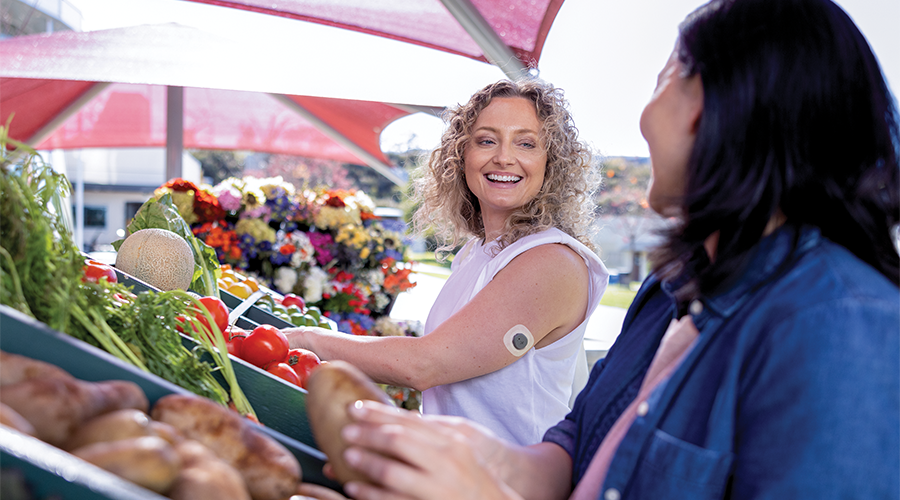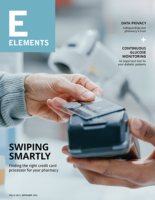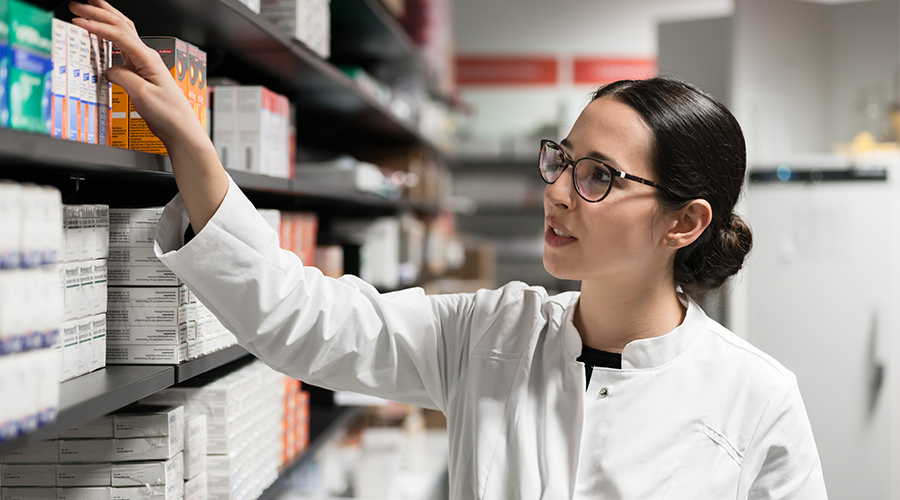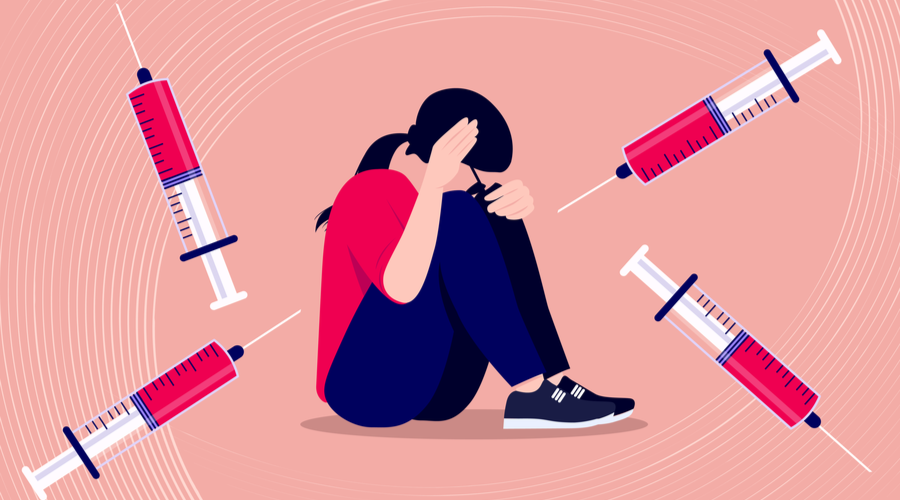In the past decade, continuous glucose monitoring (CGM) has become an important tool to gain insight into the glycemic patterns and trends of patients. The benefits of CGM have been rooted in many studies of patients with either type 1 or type 2 diabetes. They include improvement in A1C, reduction of hypoglycemic events, reduction of glycemic variability, and improvement in diabetes-related distress.
“It took a lot of time and a lot of studies that showed causation, but now according to the American Diabetes Association (ADA) in 2025, CGM is standard of care for all people with type 1 diabetes,” said Keri Leone, PhD(c), MS, RD, CDCES, Sr. Director, Global Medical Affairs, Dexcom, Inc. “That includes pediatrics, adults, and seniors. We have studies that are causal, showing improvement and outcomes for all those ages.”
There are two categories of CGM devices, personal-use and professional-use. Patients can buy their own personal-use CGM devices if they have type 1 diabetes, uncontrolled type 2 diabetes on intensive insulin regimen, or erratic hypoglycemia episodes.
Major diabetes guidelines now support CGMs alongside A1C and fingerstick monitoring. In fact, the American Diabetes Association recommends real-time or intermittently scanned CGMs for nearly all adults with type 1 diabetes, type 2 on multiple daily injections, and pregnant women with diabetes.
If you want to get the most out of a CGM system, serious patient education is needed. Therefore, you need to buckle up and be prepared to guide patients in making decisions about CGM devices and how to use information they provide.
“This year, ADA had much stronger evidence that CGM is standard of care for all insulin-taking patients. So, whether you have type 1 diabetes or type 2 diabetes and are on insulin, CGM should be that standard of care. That includes type 2s on intensive insulin therapy, type 2s that are on an insulin pump, and/or type 2s that are on basal therapy only,” Leone said.
Before you jump into CGM in your pharmacy, learn the technology thoroughly. It’s important that patients know how CGM works. They’ll need to know what the customizable ranges are, even if their phone is compatible with their device. For example, if you go to the app store, some patients may have a phone that the app won’t work on. You need to know how to troubleshoot any and all technology issues. If the CGM gives you an error, you need to know how to fix it. And if the CGM doesn’t work, you’ll need to reach the manufacturer to send you another one.
Your patients need to understand the measurements taken with CGM systems and measurements taken with blood glucose meters (BGM). You can explain that CGMs measure glucose in the fluid-surrounding cells, while BGMs measure glucose directly from the blood. This means CGM readings can lag slightly behind BGM readings. CGMs provide trends and patterns, while BGMs offer a snapshot in time.
Ready to step in to close the gaps? Here are some tips:
- Fit sensors on patients for 7-14 days, download data, and generate reports to guide medication or lifestyle changes.
- Stock personal CGMs (prescriptions or OTC models) in your pharmacy. Teach patients how to insert sensors, pair transmitters, and interpret alerts.
- Some states empower pharmacists to adjust insulin or non-insulin therapy based on CGM data under collaborative protocols with physicians.
When you integrate CGM services with medication reviews, immunizations, and point-of-care testing, you can offer an all-inclusive diabetes care package.
Once upon a time, CGMs carried the label “for people on insulin.” However, consumer demand and emerging data have prompted interest in using sensors for prediabetes or even general metabolic wellness. In mid-2024, Dexcom Stelo became the first over-the-counter CGM that was available to adults without a prescription.
Today, there are three devices available for professional CGM: the Abbot FreeStyle Libre Pro, the Dexcom G6 Pro, and the Medtronic iPro2. Each one varies in terms of how long a patient can wear the sensor before it needs to be replaced because of sensor wear, their ability to see the actual glucose number in real time, the ability to set alerts for high or low blood sugar, and the cost. But should someone with prediabetes or who is just curious about how diet and exercise affect glucose levels wear a CGM?
“I call that health and wellness when someone just really wants to wear a sensor and understand how foods affect their glucose, whether they have diabetes or not. It’s a significant trend that a lot of people are doing now with health coaches and their Apple wearables, Oura Ring, and Fitbit biometrics,” Leone said. “You can actually wear an Oura Ring that monitors your sleep and wear a CGM so you can see the data on those nights that you slept.”
Real-time feedback can highlight spikes from particular meals, guide portion control, and reinforce health habits. Limited pilot studies suggest that short-term CGM use may prompt meaningful behavior change in individuals at risk. What’s more, large-scale trials on long-term outcomes in prediabetes are sparse. Without clear guidelines, reimbursement for CGMs in prediabetes is nonexistent. This places the cost on patients.
However, pharmacies like yours can offer targeted two-week CGM trials paired with structured coaching. This can help your patients understand personal glucose patterns without overpromising clinical outcomes.
While student pharmacists are learning how to use CGM systems in pharmacy school, pharmacists who have been in practice for a long time should consider proactively signing up for training for newer systems. The non-prescription CGM systems include patient education in their accompanying apps. So, if a patient notices their glucose is spiking, they can read an article in the app about how carbohydrates or stress can cause glucose to rise. The benefit? Behavior change. Despite the challenges you face in providing CGM services, the effort is definitely worth it in the end.
A Member-Owned Company Serving Independent Pharmacies
PBA Health is dedicated to helping independent pharmacies reach their full potential on the buy-side of their business. Founded and run by pharmacists, PBA Health serves independent pharmacies with group purchasing services, wholesaler contract negotiations, proprietary purchasing tools, and more.
An HDA member, PBA Health operates its own NABP-accredited warehouse with more than 6,000 SKUs, including brands, generics, narcotics CII-CV, cold-storage products, and over-the-counter (OTC) products — offering the lowest prices in the secondary market.












